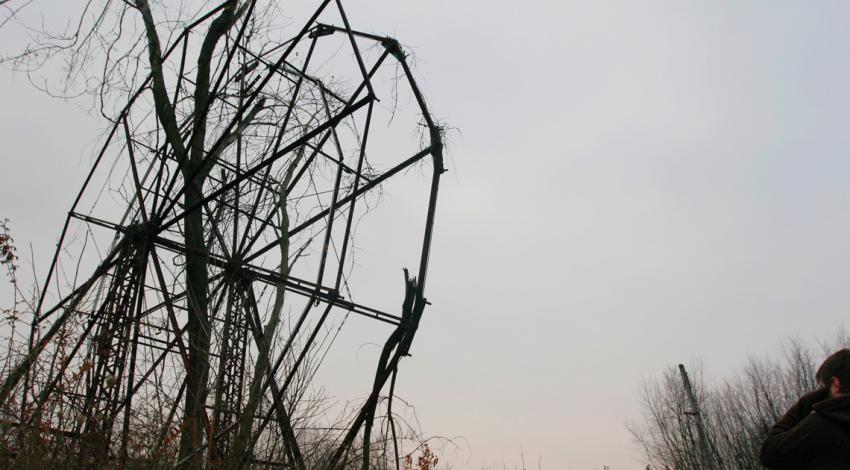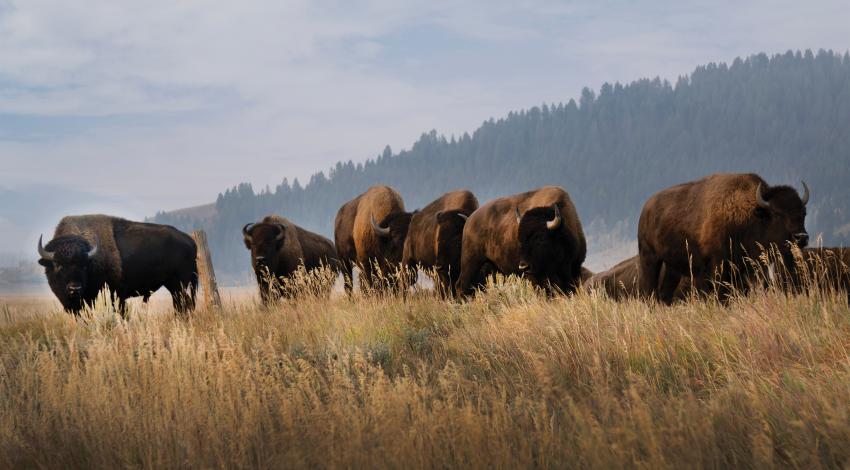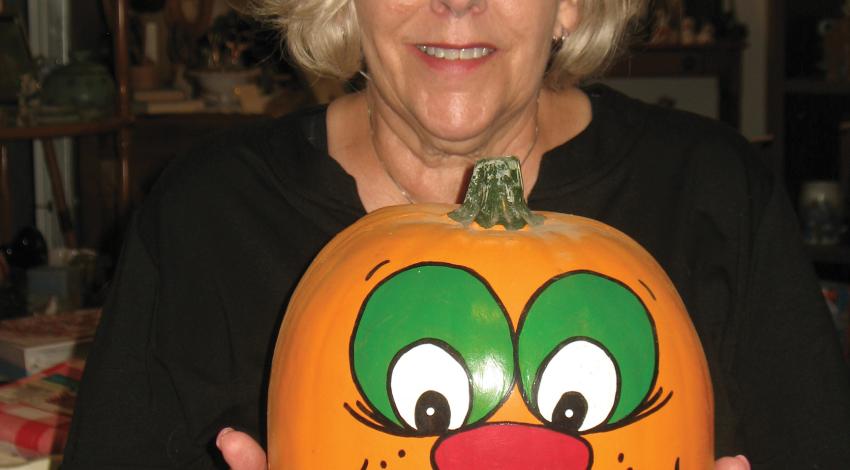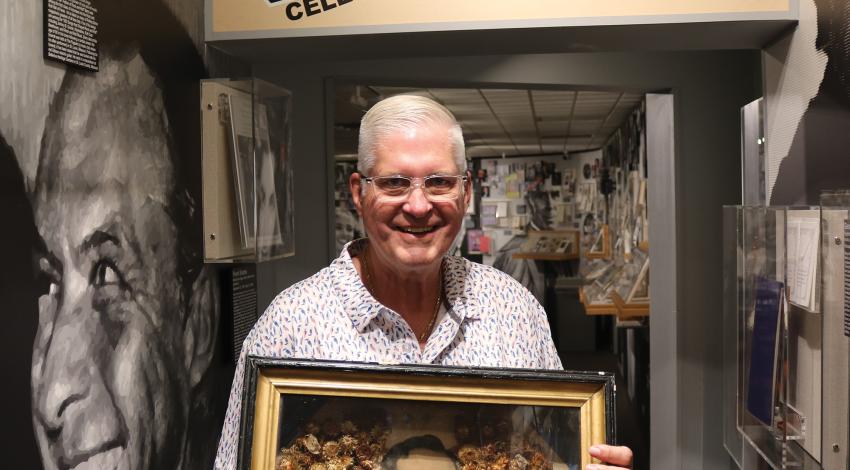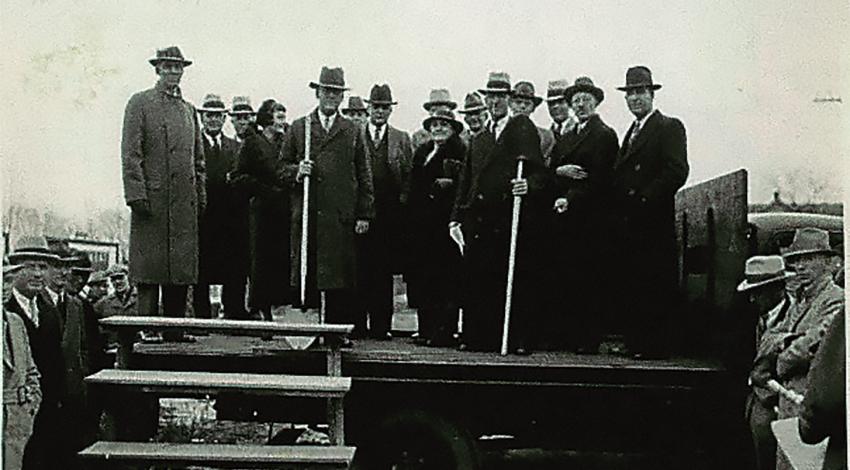Mosey down a dirt street, browse through old-time shops, watch a Wild West shootout, or belly up to the saloon bar for a cold sarsaparilla. You can do it all at Dogwood Pass near Beaver in rural Pike County.
The saloon came first in 2010, and today more than 30 buildings occupy a 2-acre tract at the Montgomery farm. There’s a general store, a jail, a bank, a photography studio complete with vintage costumes, an undertaker, a shooting gallery, a blacksmith shop, a combination church/school, Boot Hill cemetery, and the Montgomery Mining Company, where young and old alike can mine for gems on certain days.
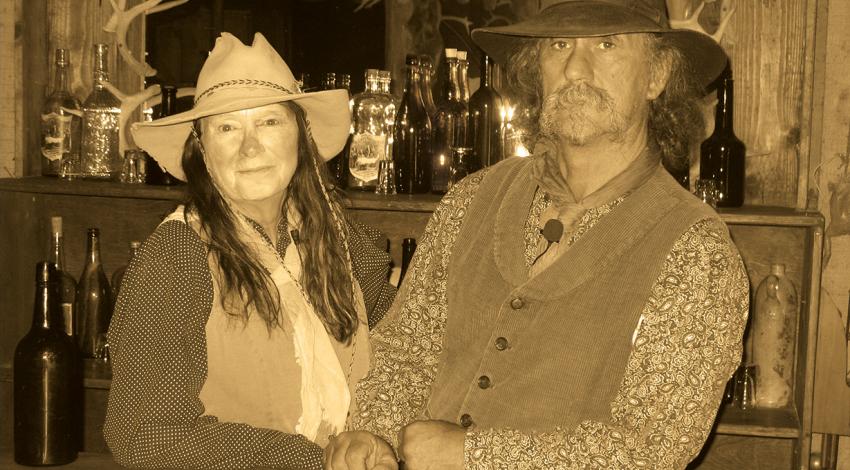
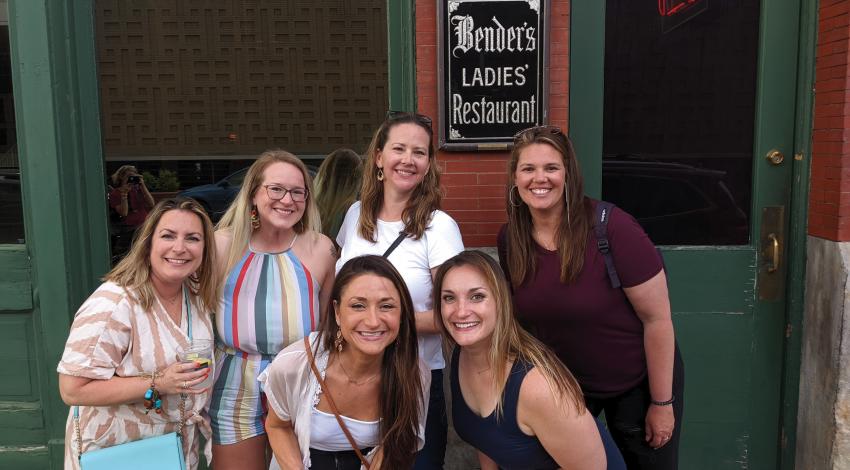
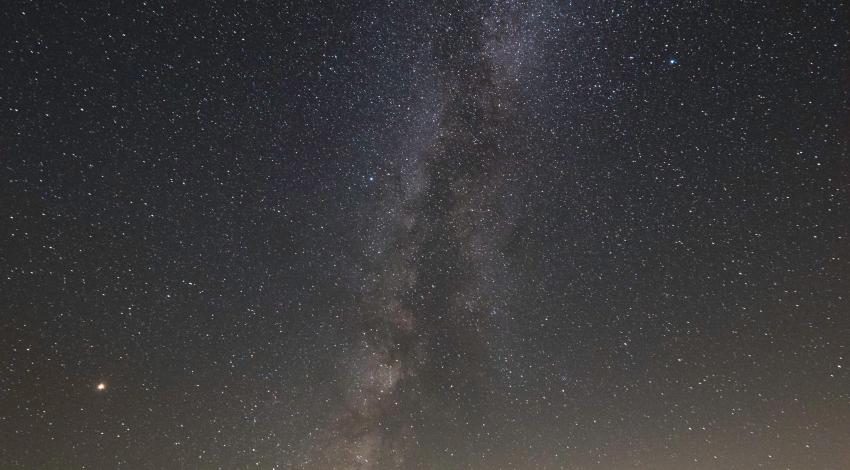
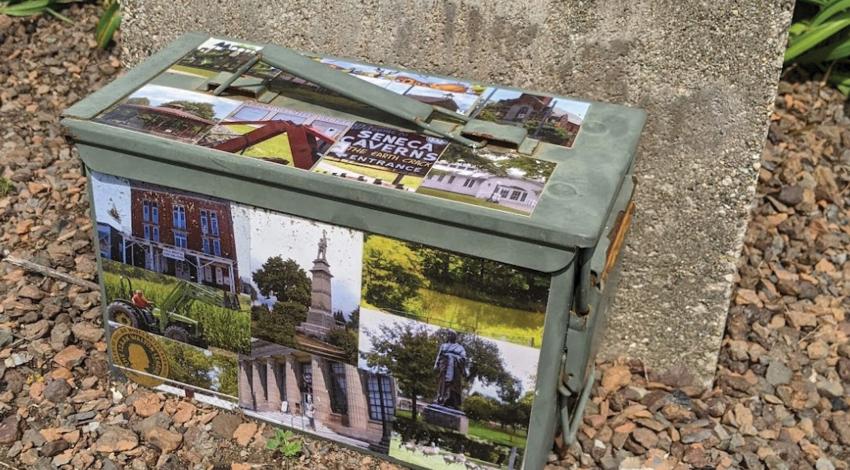
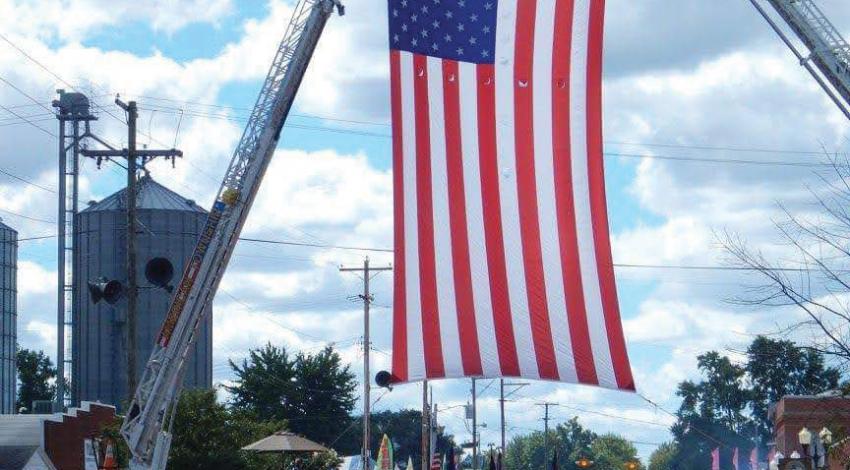
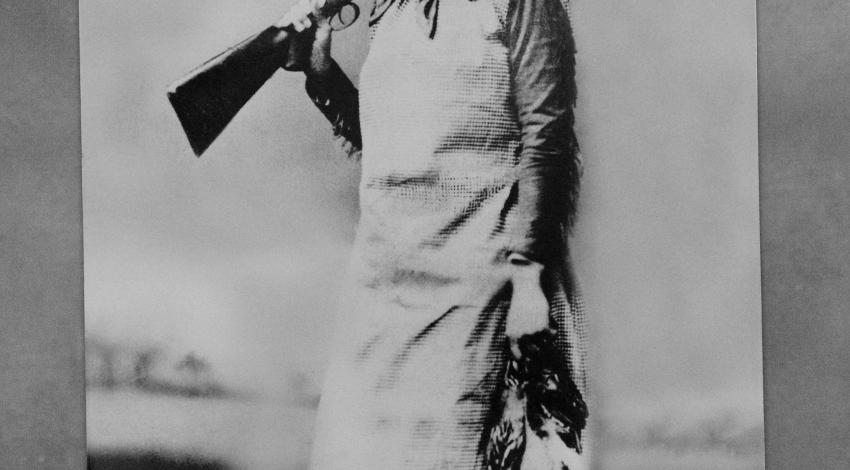
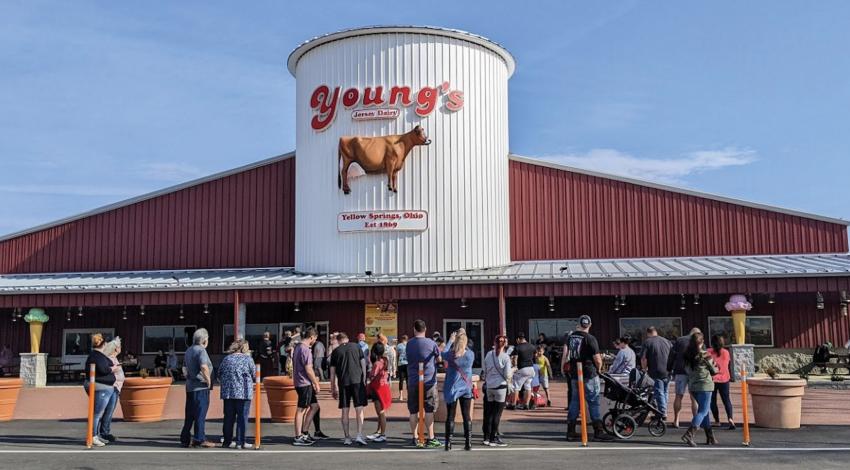
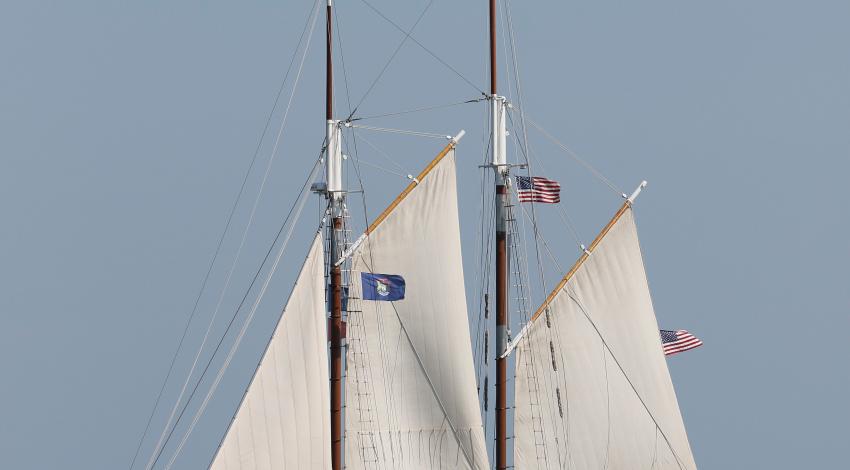
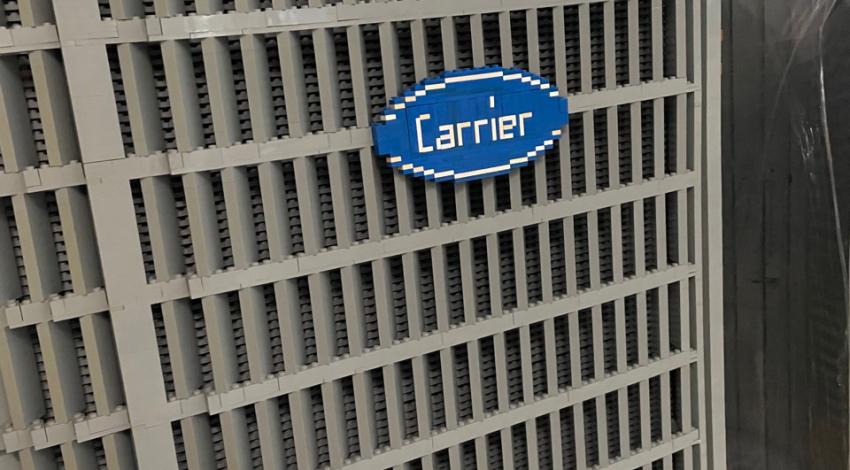
 The building’s main hallway features life-sized Larry Byrd and Kobe Bryant figures, among others. A prone man made of red Legos appears contemplative inside a case; nearby, a Lego dragon sits at a Lego campfire, roasting a Lego marshmallow.
The building’s main hallway features life-sized Larry Byrd and Kobe Bryant figures, among others. A prone man made of red Legos appears contemplative inside a case; nearby, a Lego dragon sits at a Lego campfire, roasting a Lego marshmallow. 